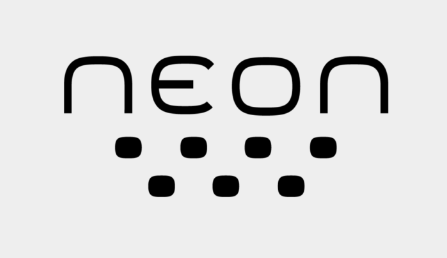Our group had three presentations during this year’s Neon conference in Trondheim. Here is an overview and the abstracts.
Here is an overview of the presentations:
- Schmidt, M., & Farshchian, B. A. (2023, November 22). The implications of public self-service solutions on public service innovation based on value co-creation and co-production processes [Neon presentation]. Nettverk for organisasjonsforsking i Noreg, Trondheim. https://virtual.oxfordabstracts.com/event/4737/submission/140
- Abstract: Digital government transformation is seen as a driver for innovation within the public sector, including service and policy innovation. Service innovation is closely linked to the creation of value, as a service that doesn’t create value calls for innovation. Within service theories, it is the interaction between the service provider and the customer that creates value for both parties. Further, front-line employees hold relevant knowledge for service innovation, due to their continuous contact with the citizens. The application of self-service solutions in the public sector reduces the face-to-face interaction between citizens and front-line employees which results in a loss of crucial knowledge and skills. This research aims to investigate the impact of digital self-service solutions in the public sector on co-production and co-creation of value and therefore the ability for service innovation. Preliminary findings from a document and literature review suggest that self-services limit the feedback process necessary for value co-creation and value co-production and therefore limit service innovation. The Norwegian Welfare and Labor Administration (NAV) which shifted towards self-service solutions over the past years, presents an interesting case to further investigate this subject based on empirical data.
- Svesengen, V., Farshchian, B. A., Moalagh, M., & Mikalsen, M. (2023, November 22). Harmonizing Hierarchies and Agility: Navigating Boundary Work in Value Realization of Continuous Agile Software Development [Neon presentation]. Nettverk for organisasjonsforsking i Noreg, Trondheim. https://virtual.oxfordabstracts.com/event/4737/submission/235
- Abstract: This paper investigates the intricate and dynamic landscape of communication and collaboration between the traditionally hierarchical departments and agile development teams within an organization passing through digital transformation. The primary focus is on gaining profound insights into the intricate web of knowledge-sharing processes and the mechanisms that orchestrate value creation. To navigate this complex landscape, the study invokes the concept of boundary work, providing a lens through which to examine how these challenges echo throughout the organization’s journey of digital metamorphosis, influencing the realization of value at every turn. Employing a qualitative research approach, the study leverages interviews with a cohort of key stakeholders from a local branch of the Norwegian Welfare Administration (NAV), including implementation coordinators, change agents, and product owners. Investigating their perspectives, the paper uncovers the nuanced layers of communication challenges in the crucible of merging divergent work paradigms. This lens provides a multi-dimensional understanding of how these challenges create stumbling blocks that impede the seamless flow of knowledge and collaborative endeavors, thereby potentially hindering the essence of value within the organization. The study highlights the importance of boundary work as a conceptual framework and the pivotal role of effective communication and collaboration strategies to unlock and maximize public value within digital transformation.
- Schmidt, M., & Farshchian, B. A. (2023, November 22). Systematic literature review: Defining the nature of the digital public encounter [Neon presentation]. Nettverk for organisasjonsforsking i Noreg, Trondheim. https://virtual.oxfordabstracts.com/event/4737/submission/148
- Abstract: Digital government transformation is seen as a driver for innovation within the public sector, including service and policy innovation. Service innovation is closely linked to the creation of value, as a service that doesn’t create value calls for innovation. Within service theories, it is the interaction between the service provider and the customer that creates value for both parties. Further, front-line employees hold relevant knowledge for service innovation, due to their continuous contact with the citizens. The application of self-service solutions in the public sector reduces the face-to-face interaction between citizens and front-line employees which results in a loss of crucial knowledge and skills. This research aims to investigate the impact of digital self-service solutions in the public sector on co-production and co-creation of value and therefore the ability for service innovation. Preliminary findings from a document and literature review suggest that self-services limit the feedback process necessary for value co-creation and value co-production and therefore limit service innovation. The Norwegian Welfare and Labor Administration (NAV) which shifted towards self-service solutions over the past years, presents an interesting case to further investigate this subject based on empirical data.
